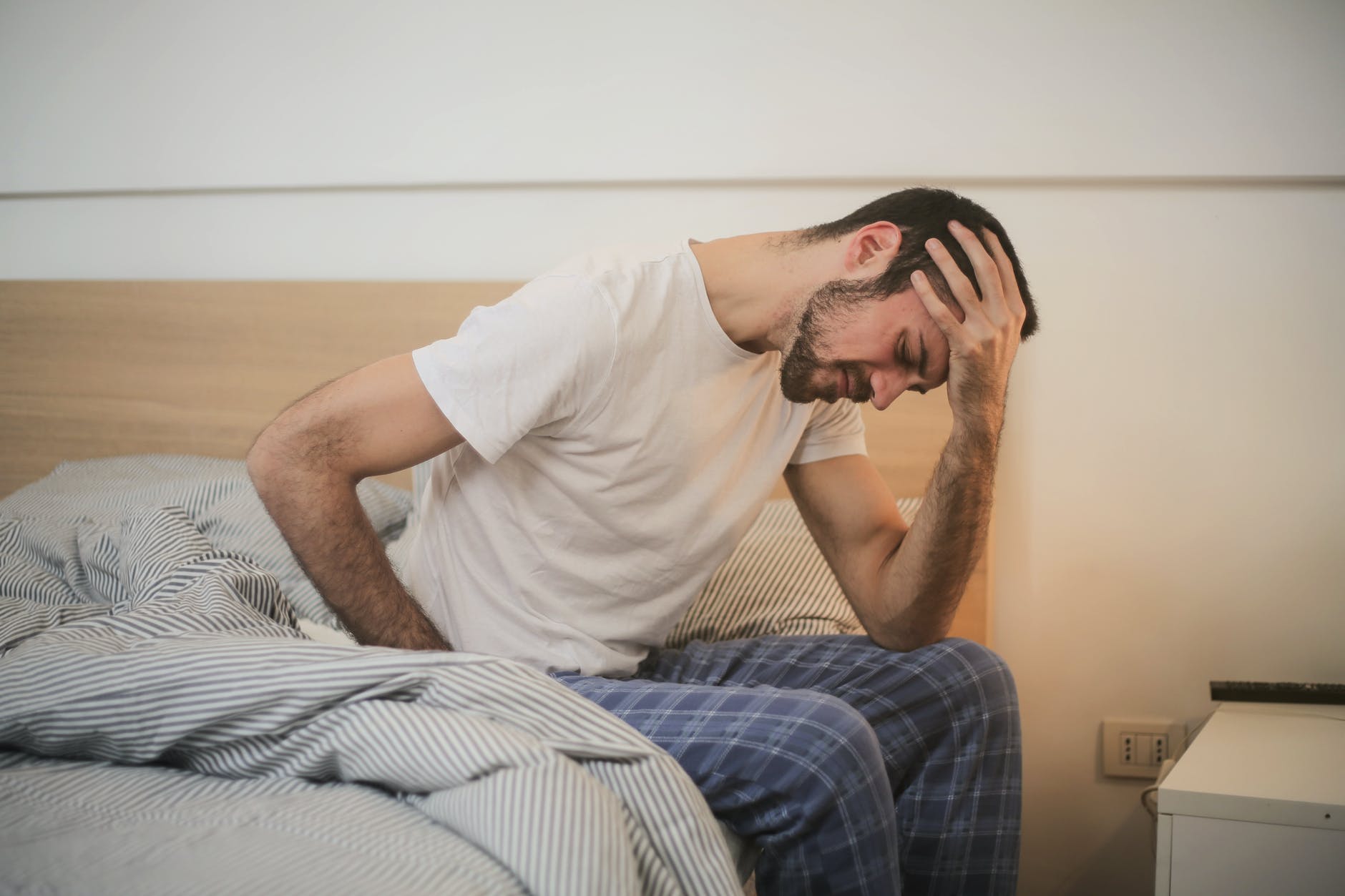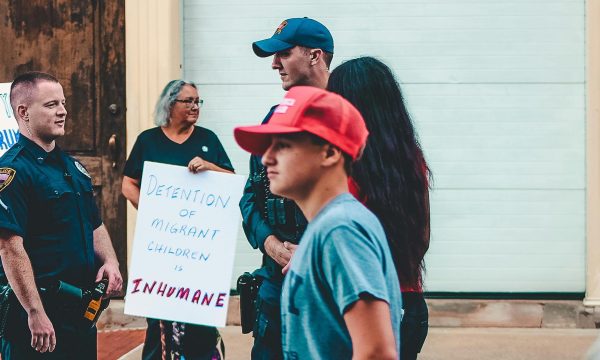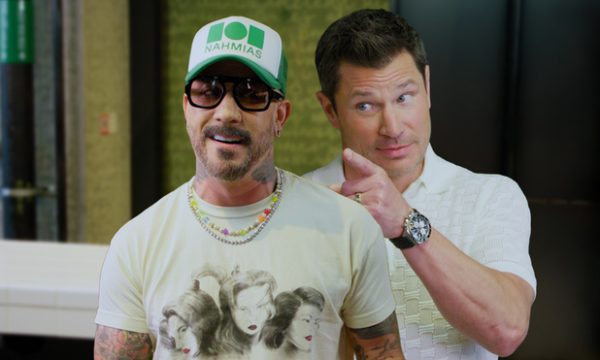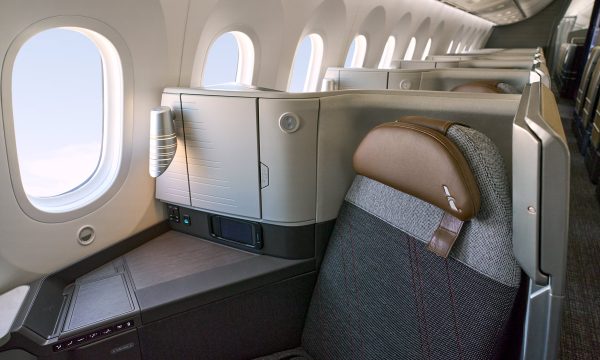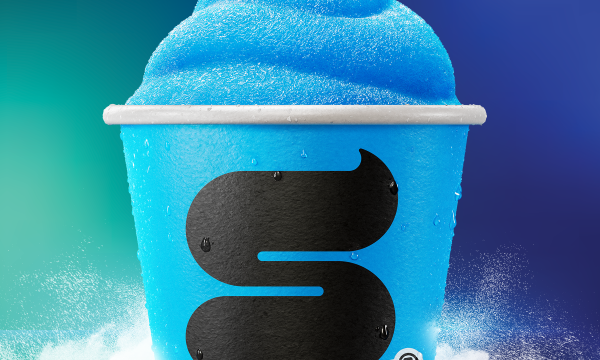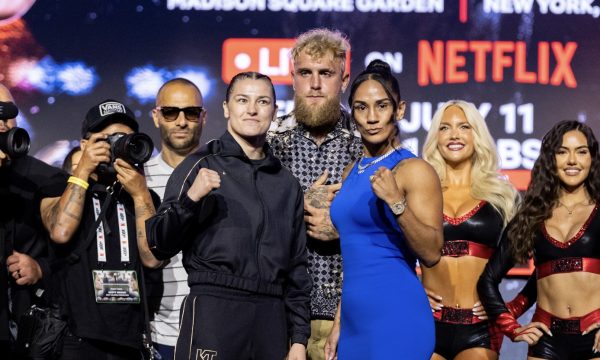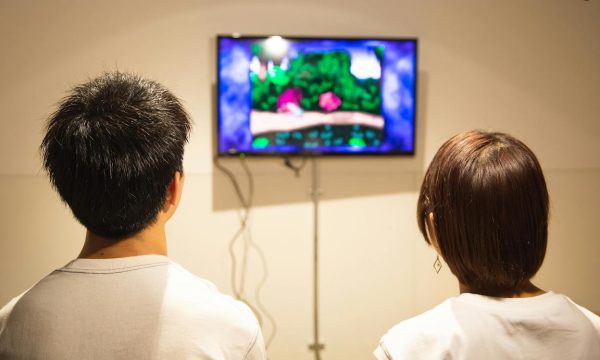*Originally published in American Chiropractor
Long COVID patient, or post-acute COVID-19 cases are defined as the presence of symptoms extending beyond 3 weeks from the initial onset of symptoms. Long Haul Syndrome is reserved for chronic COVID-19 symptoms extending beyond 12 weeks.
In April 2020, I saw my first adult patient with persistent and debilitating symptoms 3 weeks after her initial COVID-19 infection. Her symptoms were fatigue, muscle aches and pain, headache, and shortness of breath. Since her case I have consulted with more than a dozen Long Haulers. I think alternative therapies such as Chiropractic, Acupuncture, Physical Therapy has a lot to offer these patients. The symptoms I hear from long-haulers include (no particular order):
- “I’m just tired”, to severe “fatigue” or “exertion tiredness”
- “My sense of smell has not returned yet"
- “Shortness of breath” to “I get winded easily”
- “I was told I have heart problems”
- “Pins and needles sensations” (in the arms and legs)
- “Tingling in my arms and legs”
- “Headaches” (from mild to severe)
- “Everything gets worse when I am fatigued”
- “I had to stop participating in sports (or other activities)”
- “Feeling faint” from low blood pressure
- “Weakness all the time”
- “Difficulty finding words”
- “Body aches” (mild to moderate)
- “Joint pain”
- “Vertigo”
- “Tinnitus”
- “Nausea”
- “Anxious”
- “I look pale”
Other common symptoms are pain or tightness in the chest, chills or sweats, brain fog, palpitations, light-headedness, concentration challenges, confusion and memory problems. I’m used to treating the “good day, bad day feeling” patients but Long Haulers exhibit a new level of that.
After talking to enough of these people you get the sense that it’s not just “I’m tired”, it’s overwhelming fatigue; it’s not just “I’m out of breath”, its breathlessness even during mild activities; it’s not just “difficulty concentrating” its short term memory loss and cognitive challenges. I get the sense they feel okay one minute, and then 10 minutes later – they feel run over by a car.
The most commonly reported symptoms after acute COVID-19 are fatigue and dyspnea (shortness of breath). Other common symptoms include joint pain and chest pain3 .
My current thinking about these persistent symptoms is related to three possible sources: Lack of oxygen (hypoxia) throughout the body due to respiratory problems during the acute infection. Hypoxia is insufficient amounts of oxygen reaching the tissues. Mitochondria need oxygen to create ATP. ATP is the energy required for cells to carry out their specific functions: Nerve impulses, tissue repair, muscle contraction, the synthesis of biochemical agents within cells, and more — all these actions require ATP. Any movement or metabolic process needs ATP. They have an ATP problem.
COVID-19 is a direct viral attack on blood vessels, joints, and nerves. There is overreaction of the immune system. The body’s inflammatory response to the virus causes some of the secondary complications. The immune system gets turned on to fight this, and it’s hard to get it turned off again.
Early on I felt that it was a widespread blood vessel dysfunction. It was clear that it especially targeted the overweight, obese, diabetic, and high blood pressure patients. Therefore my goals included proper diet and supplements to improve blood vessel health and metabolic dysfunction. A few priorities were vitamin D, zinc, and nitric oxide optimization. An increase in nitrate intake can augment circulating nitrite and nitric oxide. This may lead to lower blood pressure and improved vascular function.
Targeted treatment:
- Anything Chiropractic: For me this includes hands on therapy (mobilization, manipulation and modalities), laser treatments, pulse therapy, vibration/percussion, lymph therapy, SCENAR therapy.
- Diet: High fat whole foods, plant rich diet (ketogenic, intermittent fasting).
- Nutrient optimization: Omega-3’s, vitamin D, methylation, B’s, etc. Eat lots of green leafy vegetables throughout the day, include spinach, arugula, lettuce, beets, celery, broccoli, and tumeric, etc. at every meal. These are rich sources of nitrate and will help create less arterial stiffness.
- Stress reduction: Prioritize rest and relaxation, avoid pushing yourself; balance activity and breaks; meditation.
- Sleep: I insist patients get more sleep and will do everything I can to help these patients improve deep and REM sleep. • Energy optimization: Blend together mitochondrial support, exercise, and limit the hours of work per day.
- Exercise: The best thing is to listen to your body. If you know that something's pushed you over the edge in the past, then don't repeat it. Do something active, but for less time or less strenuously. I start my patients with “marching in place” and moving the arms overhead. This allows patients to do this at home or outside but certainly stay close to home. I literally start with 2 minute bouts. If that goes good they increase the 2 minute march in place to several times a day. I monitor steps on smart phones.
- Topical cream: Every patient gets either a CBD like Phyto Zol or a menthol base. These can help for aches and pains and work on a microvascular level.
- Cognitive optimization: Get the brain active.
- Hormonal optimization: Check the thyroid, adrenal and sex hormones.
- Gut optimization: Heal leaky gut, include probiotics, eat more diverse foods.
- Detoxification: Sweat, mobilize and excrete toxins.
- Immune/inflammation optimization: Everything above and specific herbs/nutrients the patient might need.
A native of Los Angeles, Dr. Tucker completed his Chiropractic training at Los Angeles College of Chiropractic. He has a post graduate Diplomate degree in Rehabilitation and is certified in chiropractic spinal trauma. He is a past-president of the Santa Monica Chiropractic Society and is the current president of the American Chiropractic Association Rehabilitation Council. His accomplishments are numerous; a member of the California Chiropractic Association and the American Chiropractic Association. He won a KARMA award and was named Chiropractor of the Year from the Los Angeles Alternative Medicine group. He is the designated and selected Chiropractor for The Massage Therapy Center in Los Angeles. He is author of numerous articles and publications on soft tissue injuries, as well. He has been in continuous active practice for the past 30 years in the west Los Angeles area. He has completed advanced education and clinical training in rehabilitation, sports medicine, nutrition, and functional exercise training.


